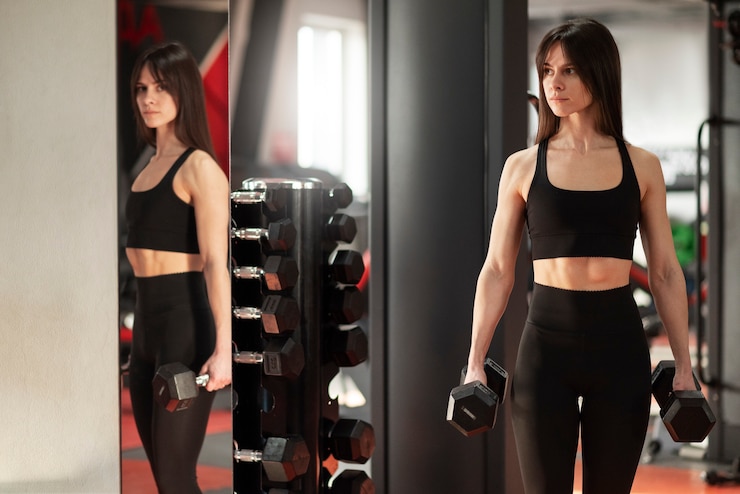
1. **Transforming a Storage Room into a Sleek, Modern Home Gym**
2. **From Clutter to Cardio: Creating a Stylish Home Gym**
3. **Reimagining Storage Space as a Contemporary Fitness Retreat**
4. **Breathe New Life into Your Storage Room with a Modern Gym Makeover**
5. **Turning an Overlooked Room into a Chic Home Workout Space**
Let me know if you’d like the tone to be more playful, professional, or minimalist!
Keeping up with a workout routine can be tough, especially when you’re already juggling a busy schedule and have to factor in time to get to the gym. One way to make things easier is by turning an unused room or storage area into your own home gym. It’s not as complicated as it sounds, and it can even boost your home’s value.
To keep your workout space separate from the rest of the house without making it feel cramped, consider using a mirrored sliding closet door. It helps define the area and gives you a built-in mirror to check your form while exercising.
When it comes to flooring, rubber is your best bet. It’s strong enough to handle heavy equipment and absorbs the impact from weights and high-intensity movements. You can find rubber flooring in rolls, mats, or interlocking tiles, and it comes in different thicknesses to suit your needs.
Foam flooring is another option. It’s more affordable and works well for lighter workouts, though it doesn’t absorb shock as well as rubber. It’s available in colorful tiles that can add a fun touch to your space.
If your gym is in a basement or garage, vinyl flooring might be a good choice. It’s resistant to moisture, mold, and mildew, and it’s tough enough to support heavy equipment. Just keep in mind that it doesn’t offer much shock absorption, so it’s not ideal if you plan to drop weights.
Cork flooring is another alternative. It’s eco-friendly, fire-resistant, and offers good support and shock absorption, making it a solid choice for a home gym.
Lighting is key to creating a space that motivates you. If your gym is in a basement or a room without windows, you’ll need to add your own lighting. A single overhead light probably won’t cut it. Recessed lighting is a great option if your budget allows—it brightens the space without taking up headroom. You can also use LED wall-mounted lights, lamps, or LED strips to light up darker corners.
The color of your walls can also affect your energy levels. Soft whites or warm grays create a clean, calming vibe without making the room feel too relaxed. If you want to add a pop of color, go for an accent wall in a vibrant blue, peaceful purple, or cheerful yellow. Just don’t go overboard—too much color in a small space can be overwhelming.
While you don’t want your gym to feel like an art gallery, a few simple decorative touches can make it more inviting. Think low-maintenance plants, abstract art, or a motivational quote on canvas. Keep it minimal and choose pieces that make you feel good and ready to move.
Setting up a home gym gives you a convenient, dedicated space to stay active, even when life gets hectic. Just make sure to use materials that can handle the wear and tear of regular workouts. And if you’re thinking about how it might affect your home’s value, it’s a good idea to check in with a local real estate expert.